(2893 products available)
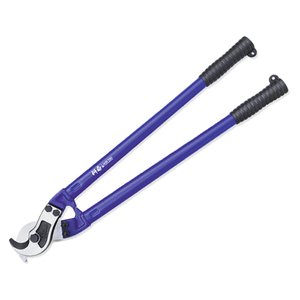


















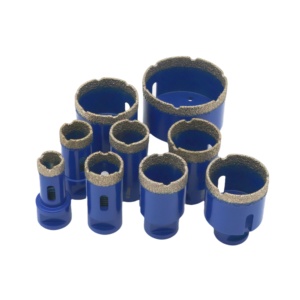

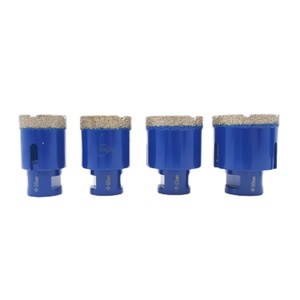








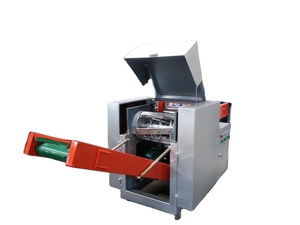







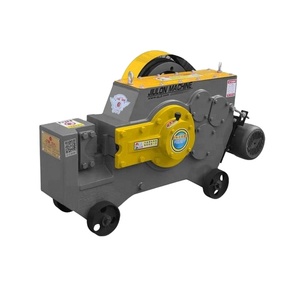

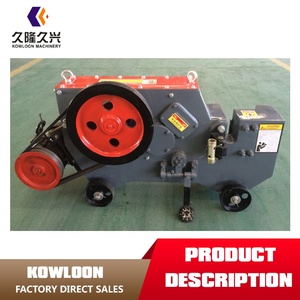



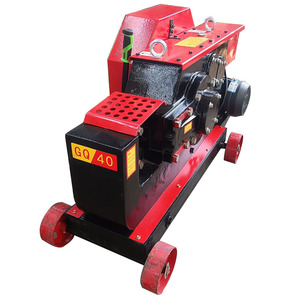










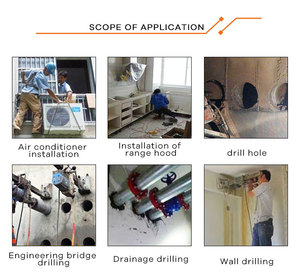

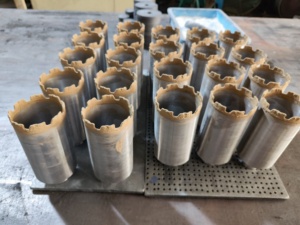



















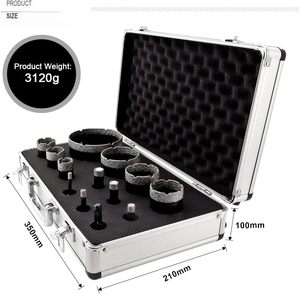
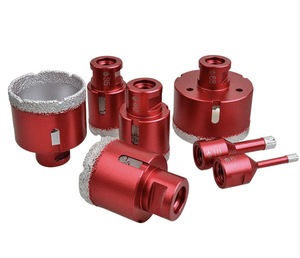

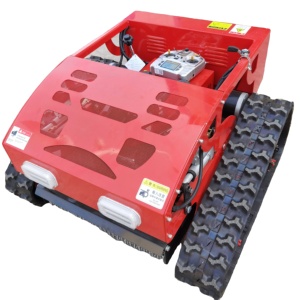
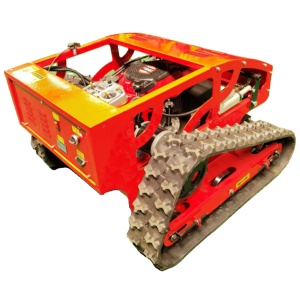
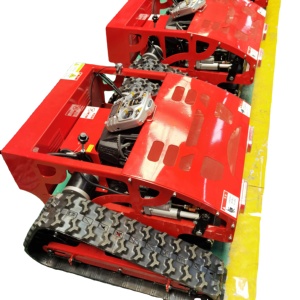



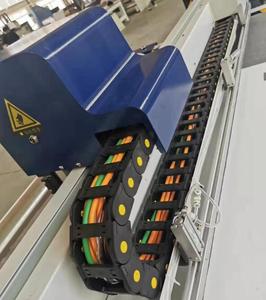

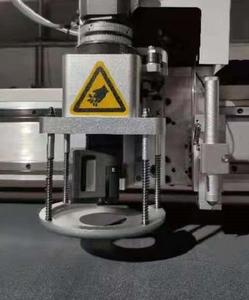

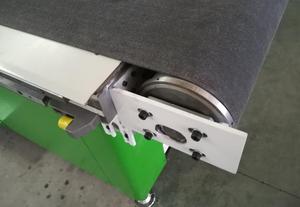

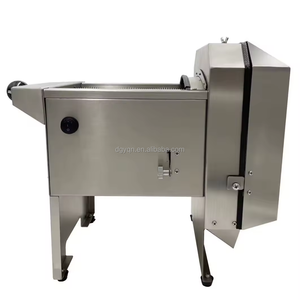


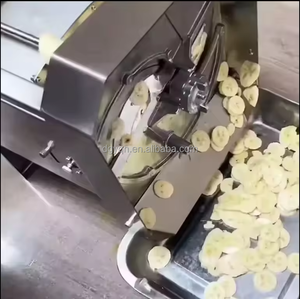









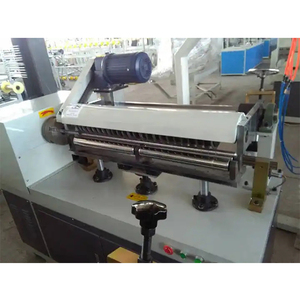
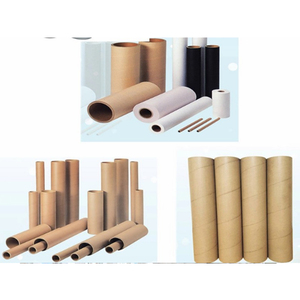
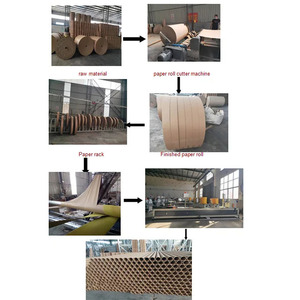






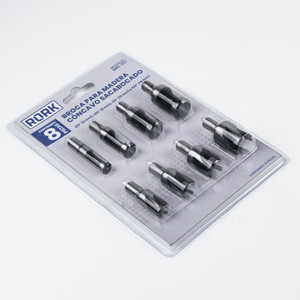
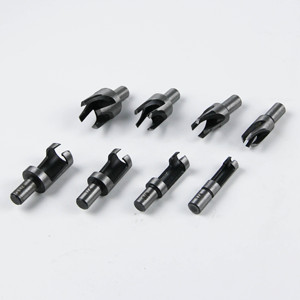

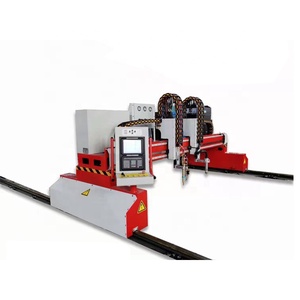


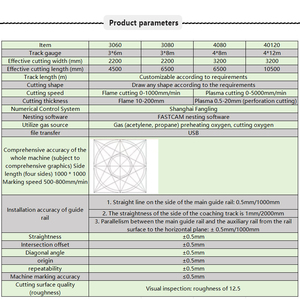
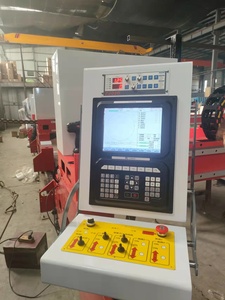








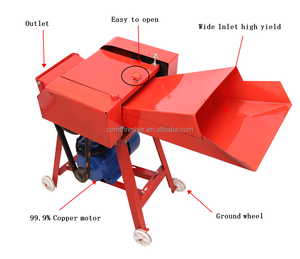






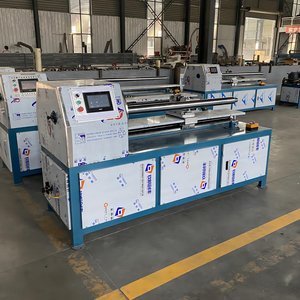
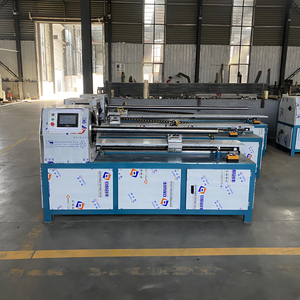





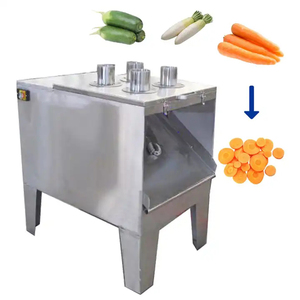
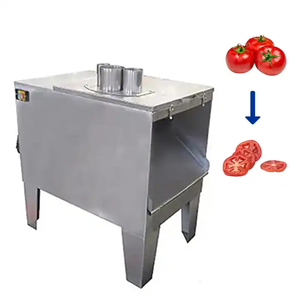
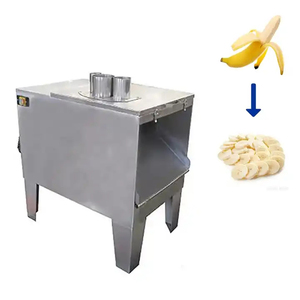












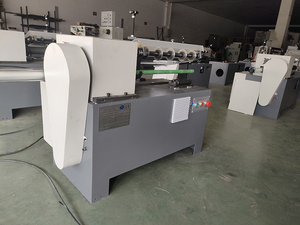










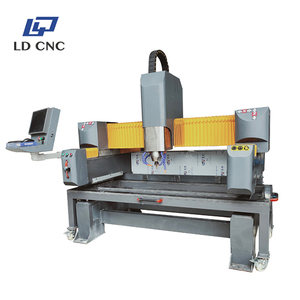

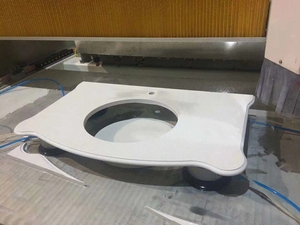
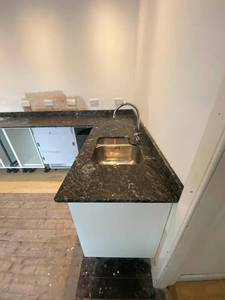




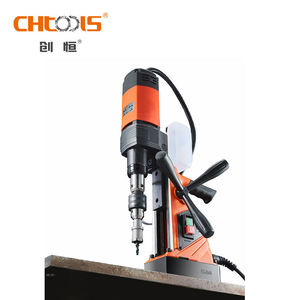



A used core cutter is a tool used in the drilling industry to cut and obtain cylindrical samples of rock. There are different types of used core cutters based on their usage and application specifications.
Diamond bits
Diamond bits are used when cutting hard materials. These bits have small diamonds embedded in their tips, allowing them to easily cut through concrete or asphalt. They are suitable for most core drilling applications and have a long service life.
General-purpose bits
These bits are suitable for many core drilling applications. They are used for cutting through masonry, brick, and some rocks. They are not as specialized as other bit types but can be used in various situations.
Wet bits
Wet bits are used when water can be used during core drilling. These bits have holes that allow water to flow through, cooling the bit and removing cuttings. They are used in applications where water can be used, such as in drilling wells or in agriculture.
Dry bits
Dry bits core drilling bits are used when water cannot be used. They are designed to work without water and are used in areas where water cannot be used, such as in deserts or rocky areas.
Specialty bits
Specialty bits are designed for specific applications. Some examples include soil sampling bits, asphalt cutting bits, and reinforced concrete bits. These bits are used in situations where general-purpose bits may not be effective.
Used core cutters have a simple yet effective design. They make it easy to cut through a variety of materials quickly and precisely.
General Design Features
Used core cutters generally have a cylindrical shape. They are slim and fit into larger cylinders or tubes to extract a core sample. Some have a notched or toothed edge for gripping and cutting through the material. Others have a smooth edge for more precise cuts. They are often made of metal or strong synthetic materials like carbide. Some cutters are designed to be disposable. Others are meant to be reused multiple times, with replaceable parts to extend their lifespan.
Handle/Core Barrel Design
Core cutters come with handles and barrel cutters. The handle core cutter has a solid handle attached to the cutting cylinder. This design allows for easy cutting of hard materials. The barrel core cutter has a cutting cylinder that fits inside the material to be cut, leaving part of the cutter exposed for gripping and twisting to cut the material. The barrel core cutter is useful for cutting delicate or easily damaged materials.
Blade Design
The blade design is an important aspect of the core cutter's functionality. Core cutters may have straight blades for general cutting tasks or curved blades for cutting around corners or into curved surfaces. Some have serrated edges for cutting through tough or hard materials. Others have smooth edges for precise cuts in softer materials.
Materials Used
Core cutters are made of durable materials to withstand wear and tear and ensure long-lasting performance. Metal core cutters are made with strong steel that can withstand impact and wear. Carbide-tipped core cutters have hardened carbide tips for cutting through hard or abrasive materials. Plastic core cutters are made of high-strength, impact-resistant plastics for lightweight and cost-effective alternatives for non-industrial applications.
Used core cutters can be used in various industries and scenarios. Their ability to cut through different materials makes them valuable in many applications. One important use of core cutters is in the paper industry. These cutters are employed to trim and shape paper cores used for storing large rolls of paper. The cores are essential for keeping the paper intact, and precise cutting ensures that the rolls are uniform and easy to handle.
The fabric industry is another sector where core cutters find application. Used core cutters are utilized to cut fabric tubes or bolts for efficient storage and transportation. The tubular cores, around which the fabric is wound, must be accurately sliced so that edges are neat when packed for delivery to retailers. In the metalworking field, core cutters serve a crucial purpose as well.
Used core cutters are employed to create hollow sections in metal pipes, tubes, or rods. Hollow sections have various uses, including making lighter-weight structures without compromising strength. Additionally, these cutters can be used to manufacture gears by cutting blanks from a workpiece's center.
Core cutters also play an important role in the construction industry. They are used to make holes in concrete walls, floors, and ceilings for installing electrical and plumbing systems. This method leaves minimal damage to the surrounding area, making it easier to repair any disturbances caused during installation work.
Core cutters are necessary for the oil and gas industry, too. These are used for well core sampling, which refers to extracting a cylindrical section of rock or soil from the ground. The sample provides valuable information about subsurface geological conditions. Moreover, used core cutters find their way into the mining industry as well, where they help obtain mineral core samples needed for exploration purposes.
When choosing a used core cutter, it's important to consider a number of factors to ensure that the machine meets the needs and requirements. First, one should evaluate the condition and maintenance history of the core cutter. It is advisable to inspect the machine visually to see how well it has been maintained and to ask for maintenance records if possible. The overall condition and regular maintenance can greatly influence the performance and lifespan of the machine. Second, the user should consider the specifications and capabilities of the core cutter. One should pay attention to cutting diameter, cutting depth, speed, and power. By doing so, find a machine that is capable of cutting according to the needs. If a particular core cutter has some unique features, such as having extra cutting speeds or being able to cut deeper than other machines, it might be better for certain applications than others. Third, it is advised to consider the brand and manufacturer of the core cutter. It is recommended to choose a cutter from a reputable brand with a good track record of producing high-quality and reliable machines. Fourth, the user should set a budget. It is advised not to exceed a certain budget in order to avoid overspending. Used core cutters can be cost-effective solutions, but it is important to balance cost and quality.
Q1. What are used core cutters?
A1. Used core cutters are industrial machines designed to cut and shape the cores of various materials. They are called “used” because they are pre-owned machines, which can be cost-effective solutions for businesses looking to cut cores.
Q2. What are the advantages of core cutters?
A2. The advantages of using core cutters are to save time, reduce material waste, and produce consistent and accurate cuts. These benefits make core cutters valuable tools in industries where cutting and shaping cores is a common task.
Q3. How do users maintain a core cutter?
A3. To maintain a core cutter, users should regularly lubricate its moving parts, tighten any loose bolts or screws, and clean the machine to remove dust and debris. Core cutter maintenance ensures that the machine runs smoothly and has a long service life.
Q4. How can one ensure the safety of the core cutter?
A4. To ensure the safety of a core cutter, users should always follow the manufacturer's safety guidelines. These guidelines may include wearing appropriate personal protective equipment (PPE), ensuring that guards and shields are in place, and keeping hands and other body parts away from moving blades.